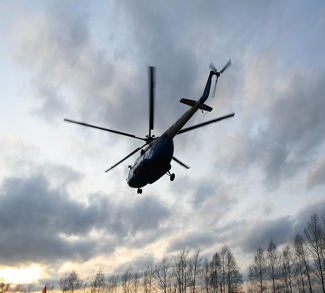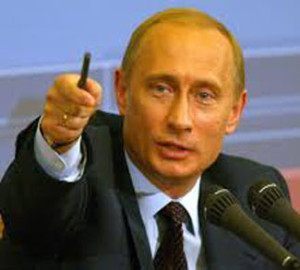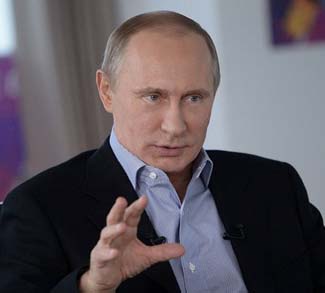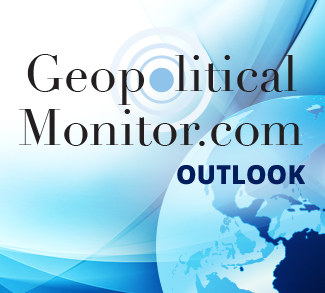What is unfolding between Ukraine and Russia on the Crimean Peninsula? The answer is ostensibly simple: Russia is defending its interests at the behest of the mostly ethnic Russian population in Crimea. And while there are reports of an imminent Russian invasion, the fact is that Russia already has troops on the ground in Crimea, given that they have leased a major military base in Sevastopol.
The port of Sevastopol serves as the headquarters of the Russian Black Sea Fleet, which oversees maritime operations throughout the Mediterranean. The base is leased through 2042, and the Russian fleet stationed there consists of 380 ships, 170 aircraft, and 25,000 troops. Crimea and Sevastopol in Ukraine represent a powerful means to exert pressure against Russia considering the fact that Moscow views the region as an indispensable strategic asset. In view of the street protests that have brought Ukrainian nationalists into power (not necessarily many ‘democrats’ here), and fearing a similar action on the part of the same political party in Crimea, Russia’s President Putin ordered a general mobilization of the western military region under the guise of ‘emergency exercises’ along with two districts of the central military region. This move masked a de facto preparation for some 2,000 troops to enter Crimea along with a squadron of helicopters. These steps give Russia a rapid response capability in the event that some battalions of the Ukrainian armed forces attempt to reach Crimea – they are also deploying air defense systems already in place at the base.
The arrival and deployment (even partial) of Russian troops has not been followed by shoot-outs with police departments in Crimea, nor has the new government in Kiev issued any orders to its armed forces, which continue to maintain a ‘passive’ attitude. Russia now has effective control of Simferopol, the naval base of Sevastopol, and Balaklava – every airport on the Crimean peninsula. Russian military units also surround regional support facilities for the Ukrainian armed forces, as well as an important air defense base north of Sevastopol.
How will the situation evolve?
Russian troops will continue to flow into Crimea if the Russian Duma – a bit of a rubber stamp – approves Putin’s request (it has already passed a resolution urging the government to consider all options to ensure the safety and stability of the Crimea). Approval would mean Russian helicopters could be deployed in greater numbers in order to further discourage a response from the Ukrainian army – which remains highly unlikely. In fact, even if Russia made a complete bid to take over Crimea, there is little chance of a Ukrainian military response. Effectively, the Crimean peninsula is already being controlled by the Russian Federation and Putin’s recent moves are merely designed to protect or consolidate that control. Russia’s armed forces can be deployed so quickly and in such numbers that it will be impossible for the Ukrainian army to oppose.
Tensions will definitely rise over the announced referendum on Crimean independence, scheduled for 30 March. This suggests that Russian troops will remain on high alert protecting the pro-Russian Crimean government until that time and beyond. In the unlikely event of a Ukrainian response, the much better equipped Russian troops would extend their reach and gain control of eastern Ukraine’s most important industrial and mining districts, replicating in a sense, though on a smaller scale, what happened in Georgia in 2008. For now we can say with relative certainty that the Russian Federation after sixty years – when a possibly drunken Khrushchev ‘donated’ it to Ukraine – has taken full control of the Crimean peninsula, and it will do whatever is necessary to keep it.




